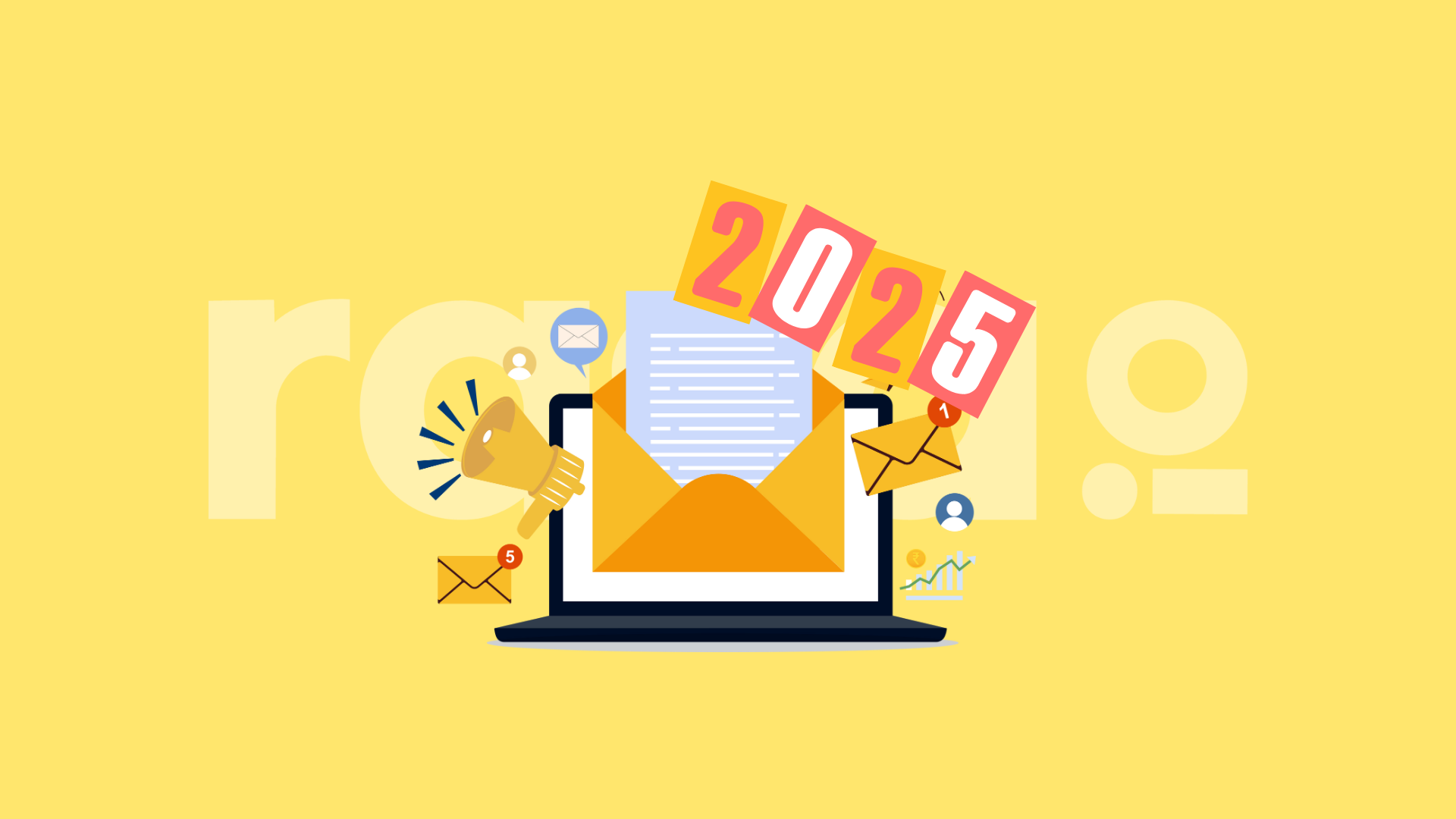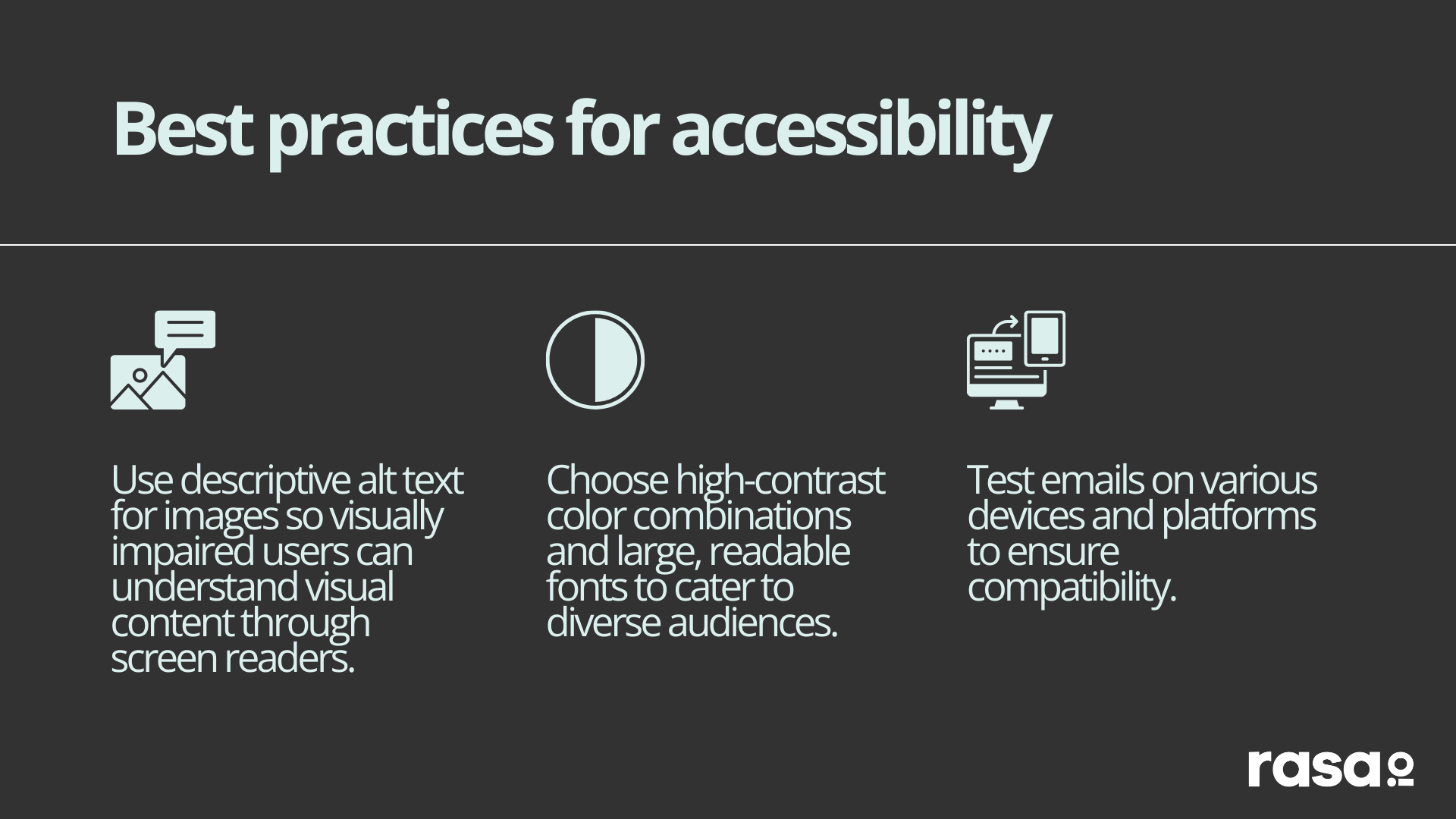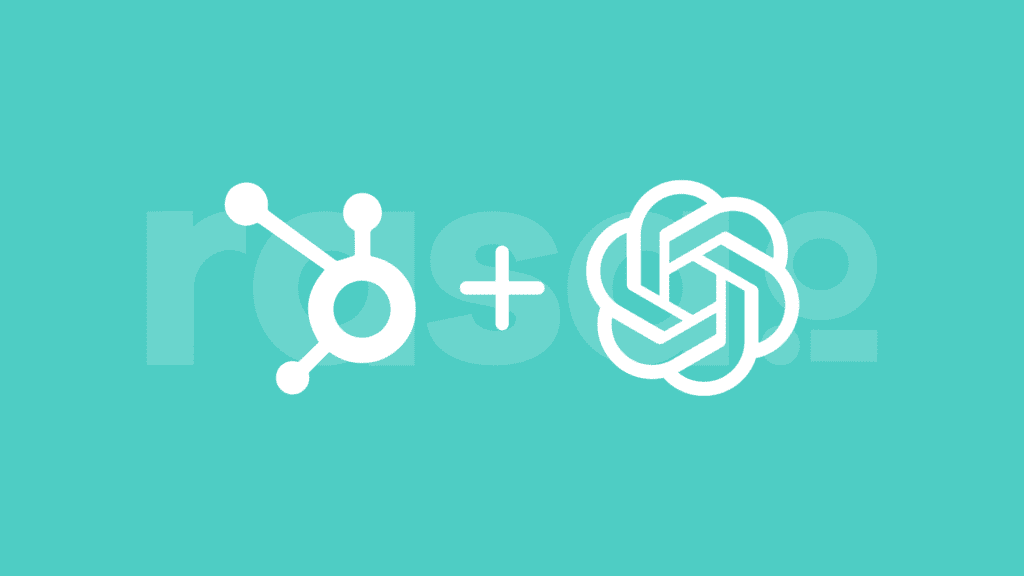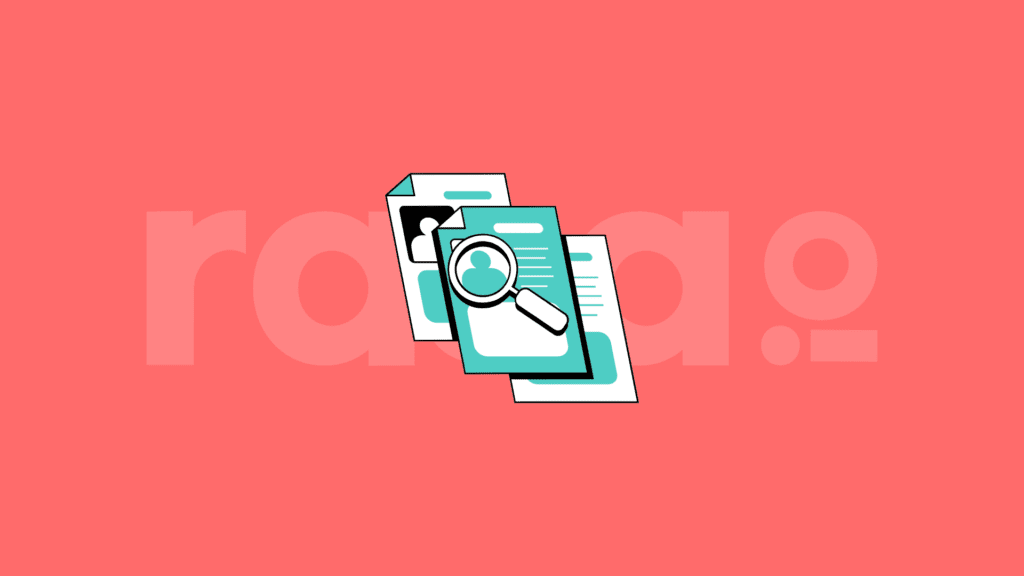1. Hyper-Personalization at Scale
- Why personalization matters: Studies show that personalized emails generate 26% more engagement than non-personalized counterparts. Subscribers appreciate content that reflects their unique needs.
- How to implement personalization: Tools like rasa.io use AI to automatically curate articles and resources based on subscriber preferences, ensuring that every email delivers maximum value. Pair these insights with dynamic email elements like personalized subject lines or custom recommendations.
2. AI-Powered Content Creation and Curation
- Emerging capabilities in AI content:
- AI can craft compelling subject lines, identify trending topics within your niche, and predict subscriber behavior.
- AI-driven sentiment analysis helps marketers understand how subscribers feel about their content, enabling better alignment with audience expectations.
- Example: Imagine a newsletter in which every article and link is chosen based on what similar audience segments found most engaging—AI makes this a reality.
3. Interactive Email Experiences
- Interactive email elements to try:
- Polls and surveys: Encourage readers to share their opinions in real-time.
- Clickable carousels: Showcase products or stories without requiring a separate landing page.
- Gamification: Add elements like spin-to-win wheels or progress trackers to make emails fun and engaging.
- The result: Interactive emails drive 2x more engagement and improve conversion rates by keeping readers invested in your content.
4. Accessibility as a Priority
- Best practices for accessibility:
- Use descriptive alt text for images so visually impaired users can understand visual content through screen readers.
- Choose high-contrast color combinations and large, readable fonts to cater to diverse audiences.
- Test emails on various devices and platforms to ensure compatibility.
- Why it matters: Accessibility broadens your audience reach and demonstrates your brand’s commitment to inclusivity and diversity.
5. Enhanced Email Security
- Security measures to adopt:
- Implement protocols like DMARC (Domain-based Message Authentication, Reporting, and Conformance) to verify sender authenticity.
- Use encryption to protect sensitive information.
- Clearly outline data protection measures to reassure subscribers.
- Benefits: A secure email strategy builds trust and ensures messages reach the inbox instead of being flagged as spam.
6. Sustainability in Email Marketing
- How to adopt sustainable practices:
- Avoid sending excessive emails and focus on quality over quantity.
- Minimize heavy visuals and long attachments that consume more energy during transmission.
- Use your newsletter as a platform to highlight your company’s sustainability efforts and inspire subscribers to act.
- Why it matters: Brands prioritizing sustainability resonate with eco-conscious consumers and differentiate themselves from competitors.
7. Data-Driven Insights for Smarter Campaigns
- Trends in analytics:
- Heatmaps that reveal which parts of your email capture the most attention.
- Predictive analytics that help forecast subscriber behavior and engagement trends.
- Cohort analysis to identify what resonates with specific audience segments.
- Pro tip: Use these insights to A/B test elements like subject lines, calls to action, and email layout. Continuously optimizing your approach can maximize ROI.
8. Omnichannel Integration
- Why it works:
- Consistency across platforms reinforces your brand message.
- Cross-channel promotion, such as linking to exclusive offers on social media, keeps subscribers engaged across touchpoints.
- Example: Use email to invite subscribers to participate in live events on platforms like Instagram or LinkedIn, creating a cohesive and interactive experience.

















